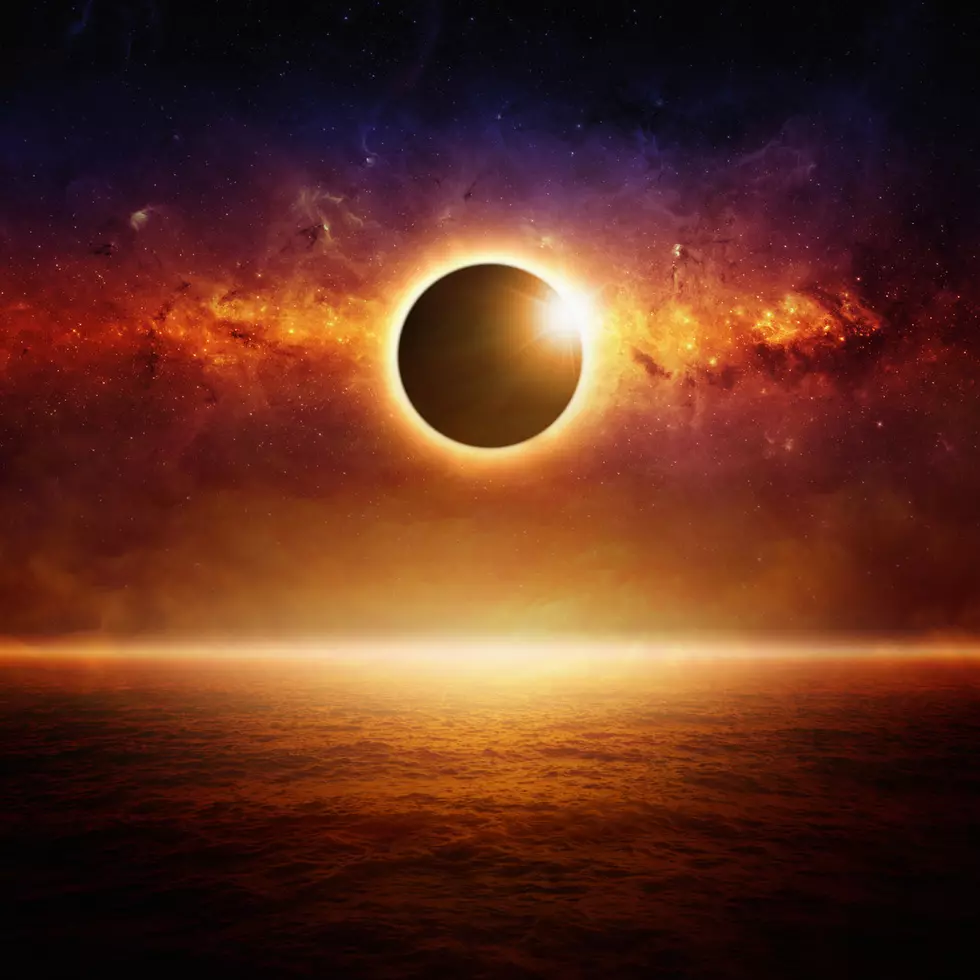
Get Ready For A “Ring Of Fire” Solar Eclipse On Thursday
Wanna see something cool in the sky? The moon will partially block out the sun this Thursday to create a solar eclipse commonly referred to as a "ring of fire".
CNN reports some people in the Northern Hemisphere will be able to catch the first of two solar eclipses this year on June 10. If you're a skywatcher, your location will determine how much you'll be able to see.
Lucky folks in parts of Canada, Siberia, Greenland, and the Arctic Ocean will have a complete view of 2021's first solar eclipse, according to NASA. For much of the rest of northeastern North America, Greenland, Northern Europe, and northern Asia, it will be a partial eclipse.
The eclipse will be visible on Thursday morning when a new moon occurs. This will be an annular eclipse, meaning the moon is far enough away from the Earth that it appears smaller than the sun.
Unlike a total solar eclipse, which occurs when the moon passes directly between the Earth and the sun, causing the sun to be completely blocked, this eclipse will be annular, which only occurs when the moon is in its first phase. According to Farmers Almanac, the word annular comes from the Latin word "annulus" meaning ring-shaped.
The new moon will be farther from Earth in its elliptical orbit and will appear too small to cover the sun completely. As a result, a bright ring of sunlight will surround the moon’s silhouette at mid-eclipse. That bright outer rim is known as the “ring of fire.”
The path of annularity, which traces where the ring of fire will be visible, will begin over the northern United States. However, none of the United States will be able to see the full annular eclipse, which will last approximately 100 minutes.
The moon will begin to cover the sun at 4:12 a.m. ET. Look east to see it but remember to protect your eyes. It's never safe to look directly at the sun. If you are unable to see the eclipse, the Virtual Telescope Project and TimeAndDate will be streaming live views.
For more on the story, check out CNN's website here.
LOOK: 50 images of winning moments from sports history
LOOK: Stunning animal photos from around the world
More From WUPE









